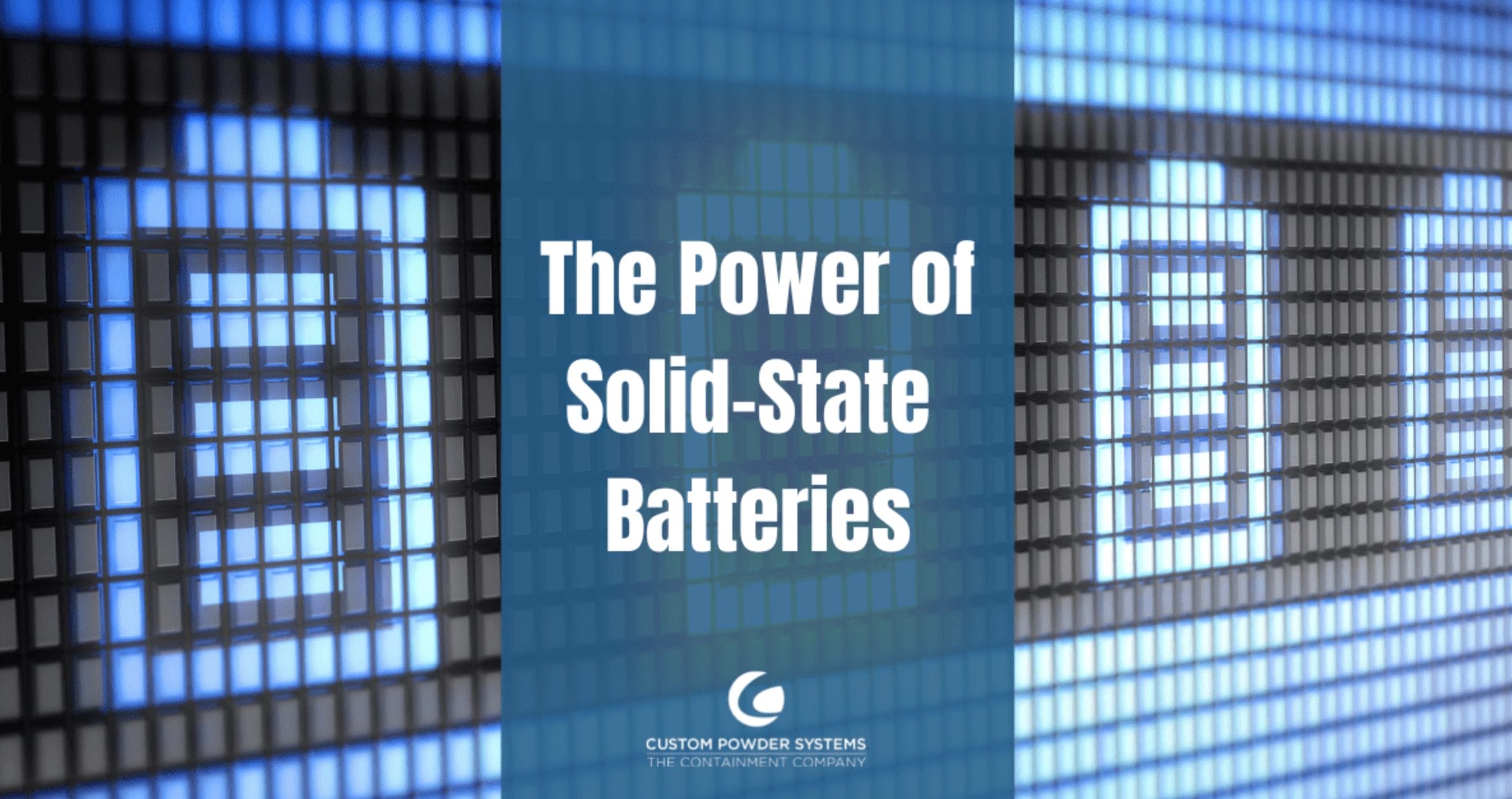At Custom Powder Systems, we believe manufacturing equipment should do more than function. It should solve problems. Whether you’re navigating strict containment requirements, managing complex material handling workflows, or launching a new line of high-potency APIs, we don’t just deliver stainless steel and schematics—we deliver peace of mind.
As a domestic supplier, Custom Powder Systems proudly designs, fabricates, and supports all of our systems in the United States. This gives our clients faster lead times, direct access to engineering support, and confidence in American-made quality and compliance.
Because at the end of the day, you don’t need equipment.
You need a solution.
From Problem to Process: Our Engineering-First Approach
Most equipment vendors ask, “What do you need us to build?”
We start by asking, “What problem are you trying to solve?”
Our engineering process begins with understanding your product, your process, and your compliance demands. Then, we design and fabricate systems that are purpose-built for your environment. This often means integrating containment, automation, ergonomic access, and cleaning protocols into one seamless solution.
Examples of our solution-first thinking:
- Turning a crowded, multi-vendor process into a compact, CIP-ready production line
- Designing a modular downflow booth that adapts to new product launches
- Engineering IBC transfer systems that achieve sub-microgram OEL compliance
It’s Not Just What You Build. It’s How You Build It.
Our expertise spans a range of systems—including:
- Downflow Booths
Designed with airflow precision and operator access in mind, our booths meet ISO classifications and OEL targets for safe powder handling. - Isolators & Containment
Custom-built for cytotoxic, hormonal, and sterile applications—designed to be ergonomic, cleanable, and easily integrated with upstream/downstream equipment. - IBC Blending and Transfer Systems
Built for accuracy and hygiene, our IBCs and blending stations are configured to reduce dust, eliminate manual handling, and maximize space. - Custom Lifts & Manipulators
Engineered to move heavy materials with ease and safety—tailored to facility layouts and operator workflows.
Every weld, every interface, and every component is built for performance, compliance, and reliability. We don’t do off-the-shelf. We do on-the-mark.
Compliance Isn’t Optional. And Neither is Ingenuity.
In regulated industries, there’s no margin for error. Whether you’re preparing for an FDA audit, scaling up high-potency production, or upgrading for ATEX compliance, our systems are designed to exceed expectations—because you can’t afford downtime, cross-contamination, or guesswork.
We engineer for:
- 21 CFR Part 11 compliance
- cGMP environments
- Hazardous material zones
- High-containment OEB 4–6 environments
And we back it all with documentation, validation support, and a collaborative engineering process that puts your team in the driver’s seat.
Your Partner in Innovation
We’re not a fabricator with a catalog. We’re an engineering partner who listens first, designs second, and builds third. Whether you’re in pharmaceuticals, nutraceuticals, specialty chemicals, or food processing—Custom Powder Systems is here to help you transform your challenges into high-performing, compliant solutions.
We build it right because we build it for you.


